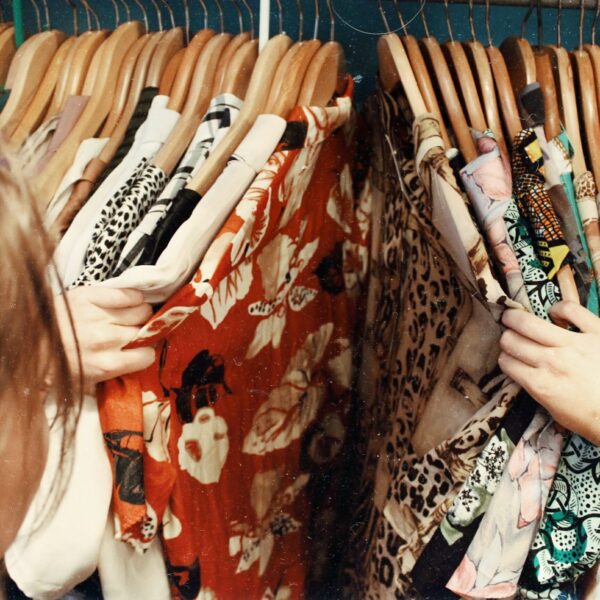When you find the right clothing that speaks to you, a little bit of care and attention goes a long way. When you have vintage clothing at your disposal, you’ve stumbled upon a rarity that you can’t simply just buy another one of, which is why it’s so important to care for and maintain your vintage clothing collection. What are the best ways to do this? Here are four critical elements that we all need to understand:
The Keys to Preventative Care
Keep your vintage pieces away from direct sunlight. UV rays can damage and fade fabrics. Test any stain removers or cleaning products on a small, inconspicuous area of the clothing to ensure that they won’t damage the garment.
Get the right hangers for your clothing. For example, if you are looking to expand your collection of vintage mens shirts, wooden ones are best because they maintain the shape and structure of the shirts, particularly on the shoulders. This allows the shirts to hang with space between them, preventing wrinkles and crushing while also providing an elegant look that complements the vintage style of the shirts.
Know How to Wash Them Properly
Wash light and dark clothing separately. If you want to be safe rather than sorry, be sure to wash one garment at a time, even if the colours are similar. When washing certain fabrics, temperature is everything.
Natural fabrics like cotton benefit from warm water because it breaks down and removes the oils and dirt more effectively than cold, opening the cotton fibres and therefore allowing for better stain removal. A warm water cycle, typically between 32°C and 43°C, strikes the right balance and is a versatile option that maintains the fabric’s appearance and longevity.
Cold water is better for synthetic fabrics like polyester as this prevents shrinking or distorting. Polyester and other synthetics are less absorbent than natural fibres and don’t require hot water to penetrate and clean the fabric as effectively. It will also prevent colours from bleeding if the fabric is colourfast.
When washing vintage clothing with detergent, use a small amount of mild and gentle detergent. Avoid detergents with harsh chemicals that can damage vintage fibres. The washing technique is also important; be sure to gently move the clothing in the water rather than twisting or squeezing, and avoid agitating the fabric too much- just knead the material gently and pat it. If you are washing vintage dresses, you need to flatten it, preferably in a bathtub and pat the detergent in.
When rinsing the vintage garments, make sure it’s in cool water, as this can remove all detergent residue. During the drying process, avoid using a tumble dryer and airdry vintage clothing instead to avoid heat damage, either on a clothesline or flat (depending on the fabric). Polyester clothes look better if they are hung to dry, so always work with the fabrics in question.
Effective Storage of Your Vintage Clothes
Store shirts or dresses in a cool, dry place away from direct light to prevent fading. To prevent discolouration, wrap each shirt in acid-free tissue paper, which is a type of paper that has a neutral pH level and is designed to protect delicate items like vintage clothing and other artefacts.
Focus on maintaining the shape of the item. For example, heavy items such as vintage coats should be folded as this can preserve their look far better. When storing delicate items, place them flat to avoid crushing.
Avoid storing clothes in locations where moisture can be trapped. This also means avoiding plastic bags, as this can retain moisture. When storing items in clothing bags, make sure it’s made from breathable cotton or muslin and keep the storage area clean by vacuuming regularly.
Be Quick With Repairs
It’s important to be proactive regarding any superficial issues. Take the time to assess your clothes for any slight signs of damage. If there are heavily soiled or stained garments, look for a professional dry cleaner that specialises in vintage clothing.
Be sure to mend any loose buttons, fraying seams, or damaged zippers before you wear them to prevent further damage. It’s worth having a sewing box with all of the essentials, including sewing pins, buttons, thread, etc.
When it comes to vintage clothing, it is essential to give it the care and attention that it truly needs so it will last much longer and hopefully to the point where it comes back into fashion.
Image Credits: Ellie Cooper




Like this article? Share with your friends!